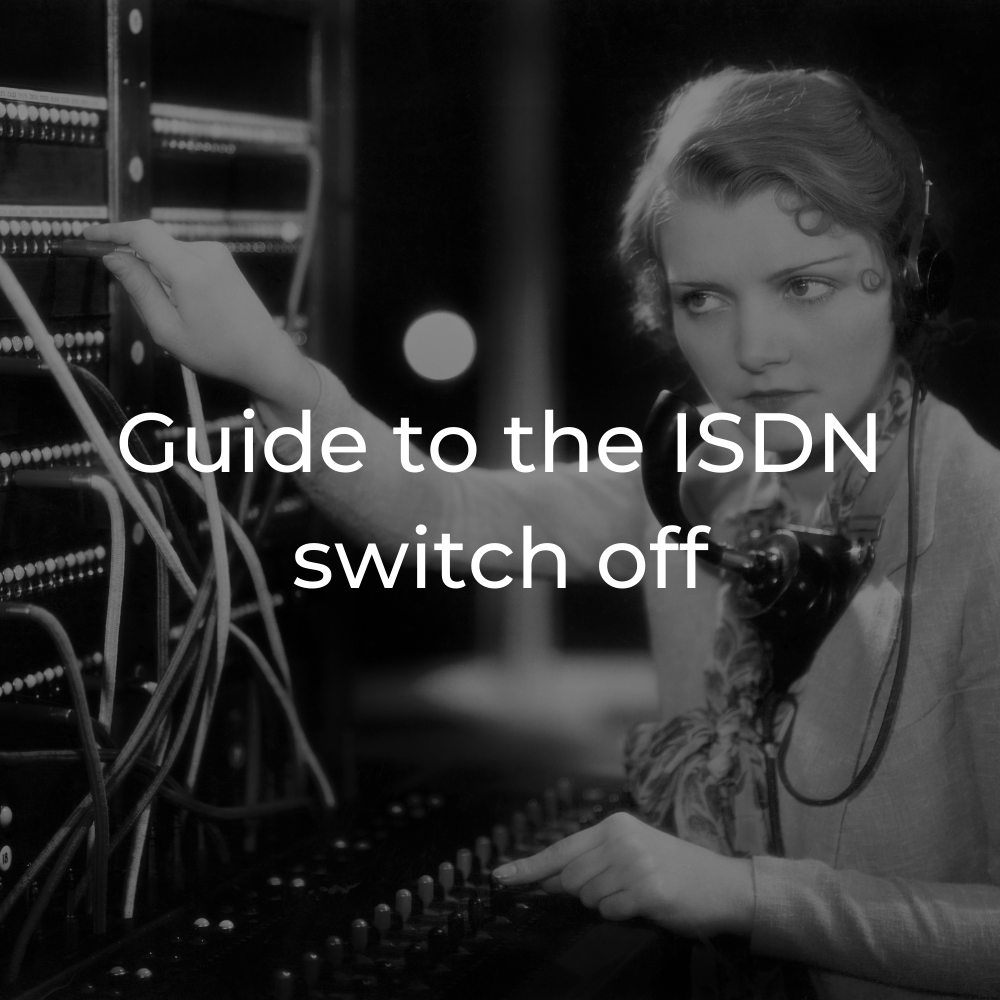4 useful SD-WAN statistics for 2022 and beyond
Get the latest data on SD-WAN solutions with our round-up of industry statistics. Learn about costs, adoption, market size and more.

So you've learned
all about SD-WAN. And you've seen how it can help your business implement flexible networking that suits our
ever-more-flexible working practices.
Now, let's have some fun. Let's kick off our shoes, loosen our collars and get to grips with some cold, hard stats.
(Yes, we're number nerds. Yes, this is the height of fun for us. Don't judge.)
In all seriousness, there are some interesting trends here that should – hopefully – help you decide whether SD-WAN is right for you.
So without further ado…
1. 93% of organisations are using multiple cloud platforms
Cloud services are more popular than ever, with a massive 93% of organisations reporting that they use multiple distinct cloud platforms as part of their business strategy.
That's staggering, but… hardly surprising, actually. After all, software-as-a-service (SaaS) applications like Salesforce and Slack are pretty much household names at this point.
What does this have to do with SD-WAN? Well, as we've covered previously,
old-fashioned WANs like MPLS aren't built for the cloud. SaaS applications require always-on connectivity, and traditional WANs just can't cope with the bandwidth they demand.
SD-WAN, however, uses smart routing technology to direct traffic more flexibly and intelligently. The software can harness multiple connection routes, which it chooses based on factors like application priority and peaks in usage.
The result? Faster, more stable connections for users, and less stress on the network overall.
And with cloud adoption
growing year on year,
now is the time to
prioritise network flexibility.
2. A quarter of businesses plan to increase home working
It will come as no surprise that more people worked from home during 2020 and 2021. We were, after all, in the throes of the worst global pandemic since 1918.
What
might be surprising, though, is that many businesses are keen to continue the trend. In the UK at least, 24% said they planned to increase home working going forward, citing reasons like increased employee wellbeing and reduced overheads.
That's good news for homebodies but poses multiple challenges for network administrators. How, for instance, do you maintain security standards when customers are logging on to the public internet? As far as businesses are concerned, home WiFi is like the wireless Wild West.
You'll know the answer by now:
SD-WAN.
Because it manages traffic in software, SD-WAN can harness all sorts of protocols – including employees' home WiFi connections – without astronomical hardware overheads. And, of course, everything is end-to-end encrypted, just like a traditional WAN.
"Like a VPN?" No, not quite. VPNs work on top of existing networks to encrypt and anonymise data. SD-WAN
is the network, though it can be deployed alongside
your existing WAN solution.
3. Switching to SD-WAN can cut costs by up to 84%
SD-WAN proponents often claim that it can cut network costs in half.
Now, we're big fans of SD-WAN – not least for its affordability. But even we were surprised when a statistics firm found that costs could be reduced by a whopping 84%. That's less than a
quarter of the original sum. Wow.
To be clear, this was for the most extreme SD-WAN implementation. In this setup, administrators had "cut the cord" to their old-school WAN, and had used SD-wan via broadband only – even at HQ.
For many businesses, this all-or-nothing approach is – understandably – a step too far. Lots of administrators would rather choose a hybrid approach, using a traditional WAN like MPLS in their headquarters, while rolling out SD-WAN for home users and satellite offices.
But – hold onto your hats – even this hybrid model resulted in cost savings of 52%.
Cheaper overheads
and more flexible networking? Excuse us for a moment – we need a strong cup of tea and a sit-down.
4. The global SD-WAN market is expected to grow to $8.4 billion by 2025
In 2020, the SD-WAN market was worth $1.9 billion worldwide. By 2025, this is expected to grow to $8.4 billion – an increase of more than 340%.
What's driving this boom? Well, the COVID-19 pandemic and the move to home working, for a start. And, more generally, the need for businesses to offer scalable, adaptable networking across devices and locations. SD-WAN is simply the most cost-effective way to achieve this.
Our prediction: SD-WAN isn't going to
replace traditional WANs entirely. But we'll soon see
hybrid solutions – such as blends of SD-WAN and MPLS – become the norm.
Why? Because employees are demanding increasingly flexible working conditions and organisations are realising they can use SD-WAN while maintaining high standards of security and reliability.
It's inevitable, in our minds. However you slice it, SD-WAN is looking very much like the
future of wide-area networks. Hooray for that.
What's next?
We hope these statistics proved useful for your SD-WAN research. But, let's be real – they're not going to make you shout "eureka!" and switch your network overnight.
After all, WANs are business-critical infrastructure. Upgrading to a new system isn't a decision that should be taken lightly. We get it.
We would, however, encourage you to
get in touch for a free, no-obligation chat.
Why? Because we really do mean "no obligation". And we really do mean a chat.
We're true
networking geeks at Yoozoom. We thoroughly enjoy talking about this stuff, and we're proud to offer straightforward, no-nonsense advice, no matter who we're talking to.
In other words, we won't bash you over the head with sales patter. Instead, we'll talk about your existing infrastructure and give you our honest opinion on whether SD-WAN is right for you.
Sounds useful, right?
Great, let's do this.
(Or, if you want to do a bit more research first, feel free to
check out our dedicated page, which includes a bunch of useful FAQs.)




















